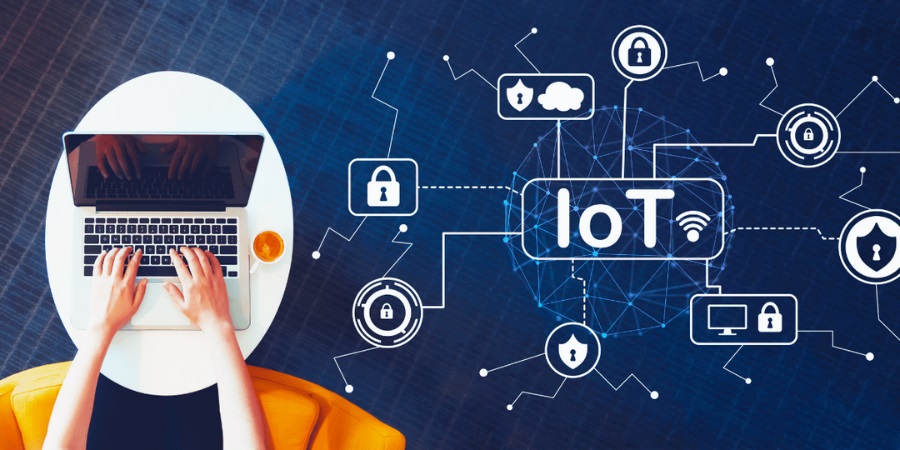The network of physical equipment, vehicles, buildings, and other items that are equipped with sensors, software, and connection, allowing them to gather and exchange data, is known as the Internet of Things (IoT). The Internet of Things (IoT) opens up prospects for more direct integration between the real world and computer-based systems by enabling things to be sensed or controlled remotely through existing network infrastructure. This may lead to increased effectiveness, accuracy, and financial gains.
Yet, there are issues with security, privacy, and interoperability brought on by the rise in connected devices. To ensure the safe and ethical use of these technologies as IoT expands and changes, it is crucial to address these challenges. Smart thermostats, wearable fitness trackers, home security systems, and industrial sensors that track equipment performance are a few examples of IoT gadgets. These devices' data can be studied to find trends and insights that can be applied to improve operations and decision-making.
The term "Internet of Things" (IoT) describes a network of actual objects, such as machinery, automobiles, appliances, and other things, that are equipped with sensors, software, and other technologies that allow them to communicate with one another and exchange data across a network. IoT essentially refers to the connectivity of previously unconnected machines and objects. The idea of the Internet of Things has been around for a while, but it has really taken off in recent years as a result of the accessibility of inexpensive sensors, processors, and other parts that make it simpler and more affordable to add intelligence and connectivity to everyday objects. IoT has the ability to change industries, increase productivity, and improve how we work, live, and interact with our surroundings.
Several industries, including healthcare, transportation, manufacturing, and agriculture, have used IoT in various ways. IoT devices can be utilised in the healthcare industry to check vital signs, monitor patients remotely, and give doctors real-time feedback. IoT sensors can be applied to the transportation industry to improve safety, route optimisation, and vehicle condition monitoring. IoT devices can be utilised in manufacturing to enhance supply chain management, monitor equipment performance, and decrease downtime. IoT sensors can be used in agriculture to check crop health, monitor soil conditions, and optimise irrigation.
The ability to gather and analyse data from a lot of devices in real-time is one of the main advantages of IoT. Organizations can utilise this data to find trends, patterns, and insights that will help them make better decisions, work more efficiently, and spend less money. IoT sensors, for instance, can be used by a logistics company to track the location of shipments, check on the condition of items, and optimise delivery routes based on the flow of traffic, the weather, and other variables.
However, the growing use of IoT also brings with it a number of difficulties, including interoperability, security, and privacy. IoT devices can be subject to cyberattacks since they are frequently linked to the internet. It gets harder to maintain and protect devices when more are connected to the network. Also, there is a chance that IoT devices could capture sensitive data that could be hacked, like private health information.
Another issue with IoT is interoperability, as various devices may adhere to various communication standards or protocols, making it challenging to incorporate them into a functioning system. Efforts at standardization, such the creation of the MQTT messaging protocol, are assisting in resolving this issue.
Because IoT makes it possible for machines and gadgets to connect and communicate with one another, it has the potential to completely change the way we live and work. This connectivity may result in increased productivity, lower costs, and better safety and security. However, the widespread use of IoT also brings up a number of issues that must be resolved, including security, privacy, and interoperability. It will be crucial for enterprises to adopt a proactive stance as IoT develops to solve these issues and guarantee that the advantages of IoT are fully reaped.
Author
Dr. Navneet Kaur is working as an Associate professor in Department of Electronics and Communication, SIRT, Bhopal. She has over 22 years of teaching experience. Her research areas are wireless communication, signal processing, IOT and other related fields.)



